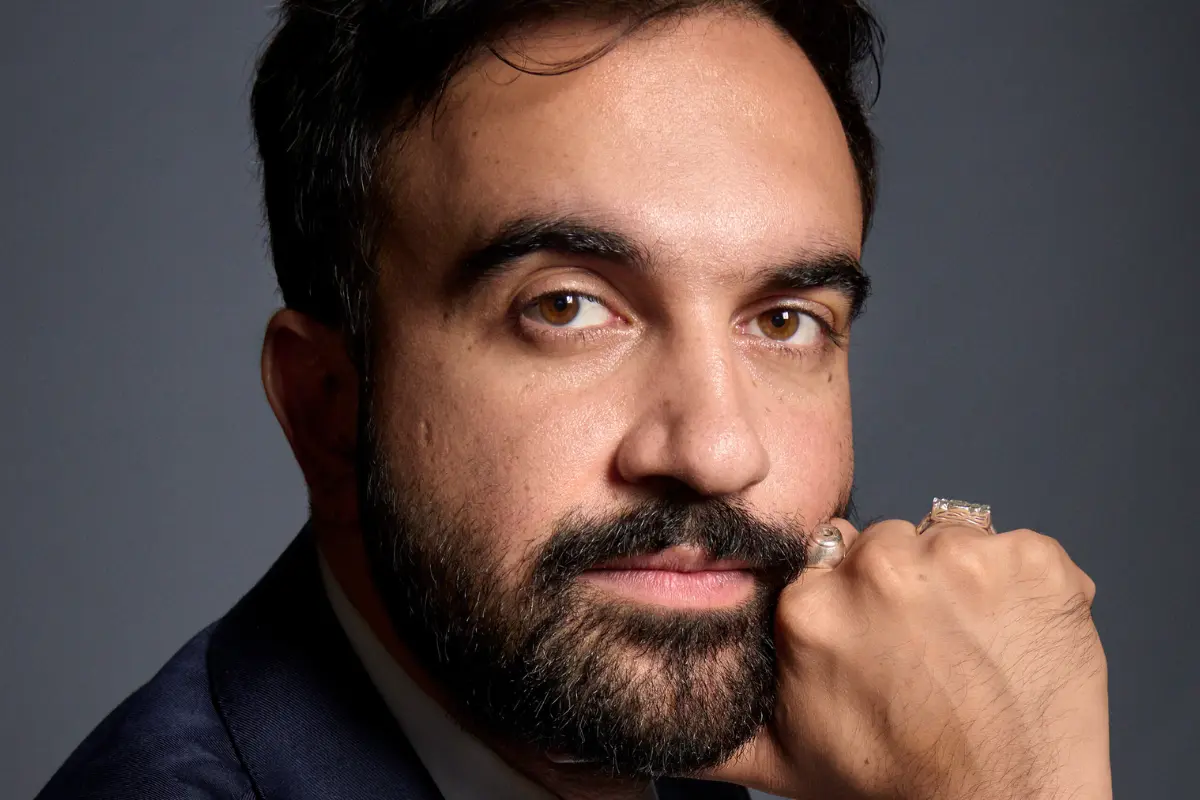New York City—In a momentous victory that is sure to be seen as a milestone in American urban politics, 34-year-old Zohran Mamdani was elected mayor of New York City, becoming the first Muslim mayor of the city and a sign of things to come in a new political vehicle.
Mamdani, whose background includes being a favorite of socialist Democrats in the city, has defeated heavyweight contenders, most notably former governor Andrew Cuomo, by running a grassroots, digital campaign that resonated with younger voters, working-class New Yorkers, and progressive Democrats.
His program-rent control, free daycare, city-run grocery stores, and reforming public safety are audacious. Yet, it was a very clearly assembled coalition of organizing activists, parents, and, reiterated, a coalition eager to embrace change.
Behind the scenes, Rama Duwaji quietly shaped that campaign.
While Mamdani was out front as the politician and candidate, Duwaji stayed in the background by avoiding public attention, debates, and rallies. Yet, it is Duwaji that shaped important parts of the campaign identity.
As a Syrian-American artist and designer, Duwaji was central in developing the visual brand of the campaign—everything from selecting a bold combination of colors (Metrocard yellow, Mets blue, firehouse red) to the style of typeface across campaign yard signs, social media posts, and outreach to voters.
She also advised on social-media tone and digital strategy, lending a modern, grassroots aesthetic to what might otherwise have been a standard political campaign. The effect: Mamdani’s message looked and felt fresh.
From Under-dog to Front-Runner: Campaign Strategy Dissected
Mamdani’s rise was remarkable, especially given the context he started from prior to becoming a candidate. He was a relatively unknown candidate citywide, but he gained traction through door-to-door canvassing, flyer distribution, social media, and a message of economic justice and equity.
The campaign’s strong visual identity and digital ‘authenticity’, in part shaped by Duwaji, helped him capitalize on younger-based voters as well as communities that were eager to see themselves represented.
His victory speech signified the swerve:
“With each door knocked on and each conversation held, you have helped to reignite faith in our politics…and now New York City — breathe in this moment.”
Challenges Ahead and the Significance of the Moment
Winning the election is only the beginning. Mamdani now faces the task of turning ambitious promises into workable policy—balancing budget constraints, staffing decisions, and navigating relationships with state and federal leaders.
Simultaneously, Duwaji’s behind-the-scenes involvement signals a new model in modern political campaigns—where visual branding, digital tone, and creative strategy are as crucial as traditional rallying.
Together, Mamdani and Duwaji have shown how unconventional partnerships and modern campaign design can reshape big city politics. Their win isn’t just personal—it’s emblematic of a generational shift in who leads and how.
